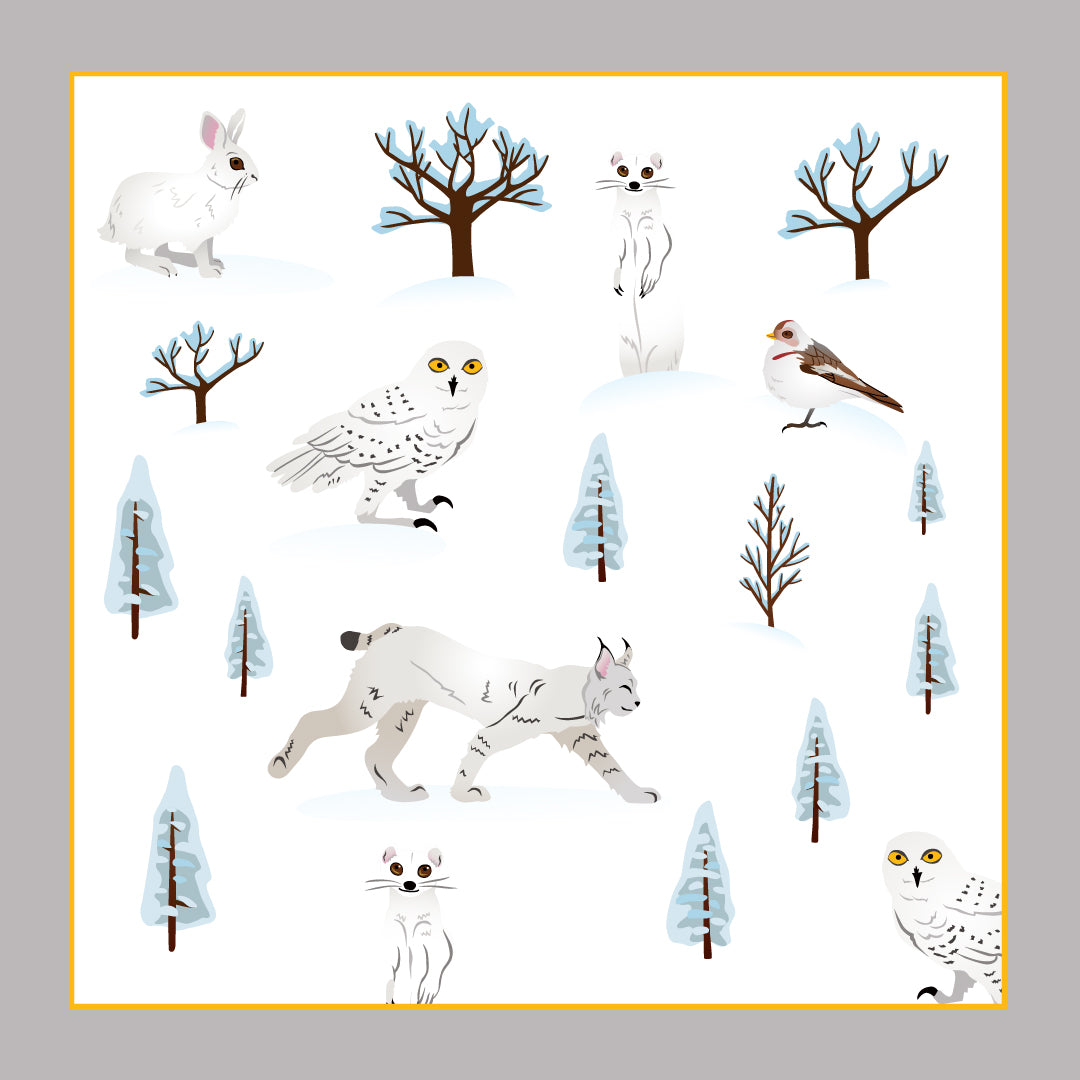
Climate Change Causes Camouflage Confusion
Share
Many species in the United States molt their fur and change colors from brown to white for the winter season. This is an adaptation they’ve created from evolving for hundreds of years to the mid-Atlantic climate! However, our climate is changing. Warming global temperatures are causing our winters to be shorter and milder. There is less snow, and the winter season is erratic and unpredictable in length and strength. These changes in our climate are putting these color-changing creatures at risk, as it hurts their ability to hide from predators.
Winter-adapted animals avoid being seen by flying predators like eagles and hawks by transforming to a lighter, whiter color during the winter. It also helps them to avoid hunting critters like foxes and lynxes. Molting is an instinctual biological response to a certain time of year, but also a response to a change in the weather. Some animals don’t molt until there is an extended period of cold weather. Others, however, molt no matter what, thanks to years of biological conditioning within their species.

For example, the infamous snowshoe and mountain hare. Snowshoe hares live mostly in Canada, as well as in a dozen U.S. states. The only thing really threatening the species right now is predation, and the only way for the bunnies to fend off predation is to hide. But without snow cover, these bunnies stick out brightly amongst brown ground cover. Their lack of camouflage is causing their demise! Imagine a fluffy white dot sitting still on the ground of fallen leaves and dirt. You can’t miss it! And predators certainly take advantage of their exposed position.
Other examples of winter-adapted camouflaging animals include the willow grouse (bird) and the “winter” weasel. In a traditional winter, predation kills up to 90 percent of the weasel population. They usually make up for this with their absurdly high reproductive rates. But with less snow cover, the weasels that turn white for the winter are being killed at faster rates than they can handle.

This is even true to some extent for polar bears! Some scientists believe that polar bears were once brown bears that adapted to blend in with their Arctic environment. While polar bears are not a “color-changing” species, or common prey, they are adapted to match their icy cold environment. As glaciers melt and snowfall reduces, polar bears stick out in a brown landscape. This can hurt their ability to hunt and survive.

Winters that start later, end earlier, and are milder don’t help these animals that have biologically adapted to the climate for years. Some scientists believe natural selection will help these animals adapt yet again to the changing climate. If predators hunt more creatures that are molting too quickly or not camouflaging with their environment well, those creatures won’t reproduce. Eventually, nature will try to find its way back to equilibrium, and the animals will be forced to learn and adapt or face extinction.
This article was written with information from the excellent reporting by Gloria Dickie in Environmental Health News: https://www.ehn.org/impact-of-climate-change-on-wildlife-2646126504.html
